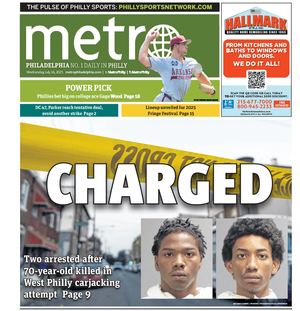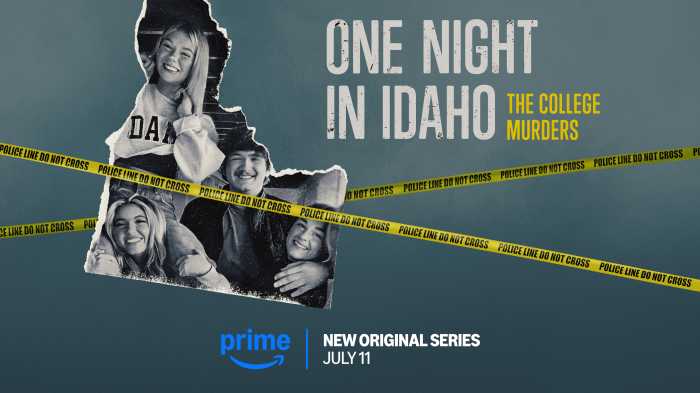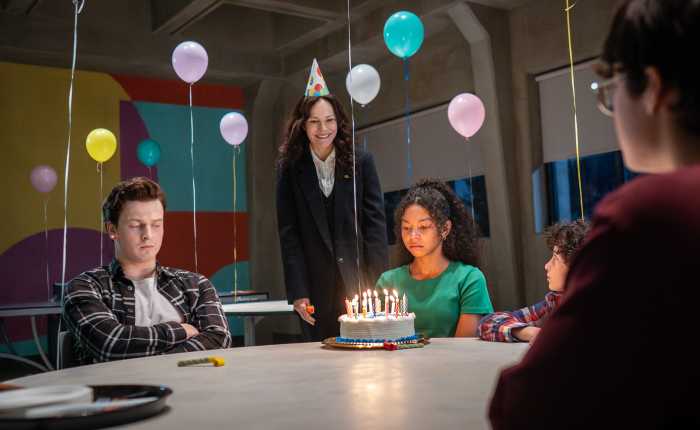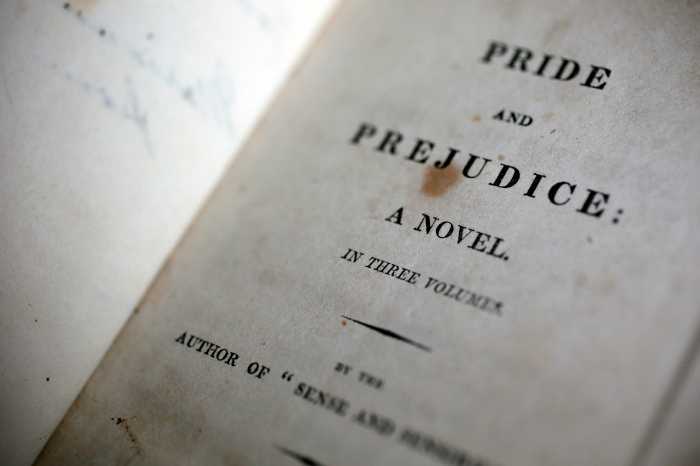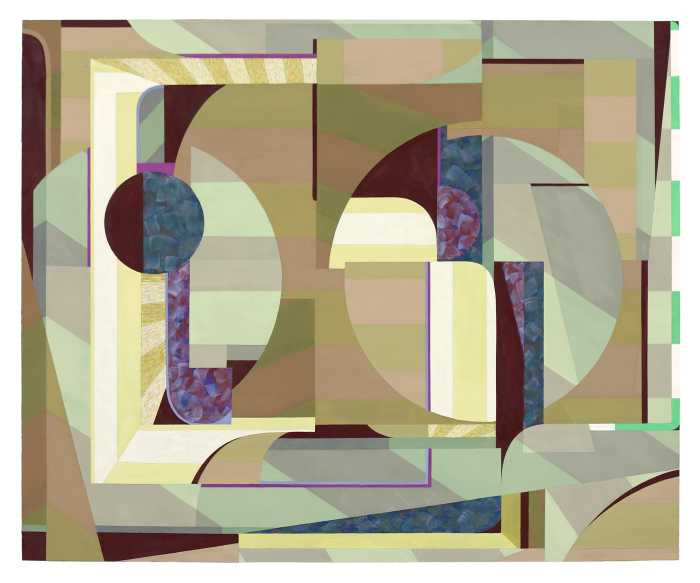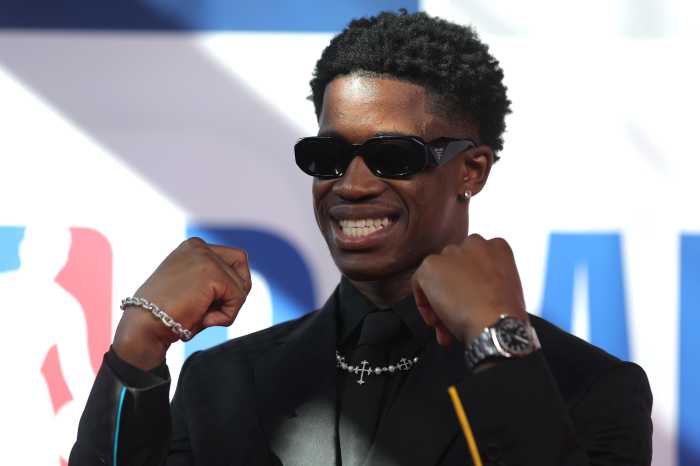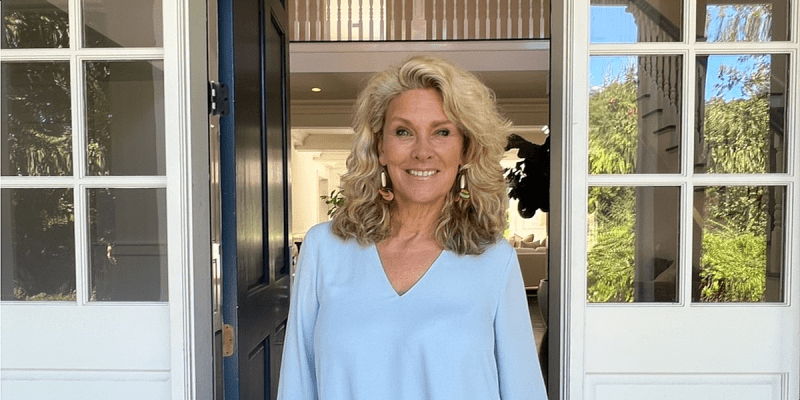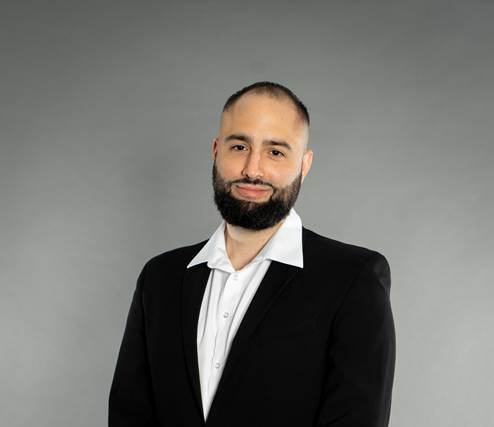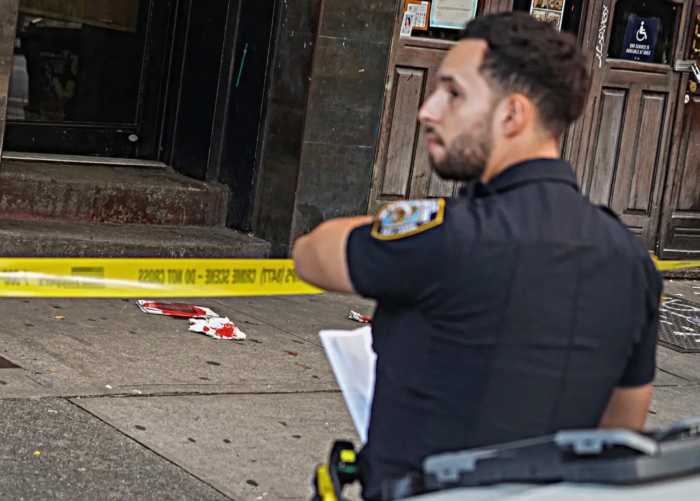There are some things that are truly stranger and more unbelievable than fiction, and one new documentary series premiering on Sundance Now and AMC+ really seems to set that notion into stone.
‘Between Black and Blue’ comes from filmmaker Sheldon Wilson, and follows the inconceivable story of Colorado’s own “Godfather” (or so the papers said) Mike Borrelli and his friend and old NYPD partner Bob Davis. Both men were accused of murder, and with little evidence and even alibis that cross state borders, justice was not swift or just.
Wilson happened upon the story really by happenstance, but after doing some digging and even going on his own personal manhunt, he was able to crack a case that has really gone decades without the truth.
Wilson sat down to discuss what went into his latest documentary series ‘Between Black and Blue.’

When did you first hear about this case?
As a filmmaker, you’re always looking for interesting stories. Back when newspaper articles first started coming online, I came across one that talked about the ‘Colorado Godfather’. [It] was talking about Elvis Presley, and the Mafia, and crooked cops, and I’ve never heard of this story before….Then there really wasn’t much else I could find about it. I started digging some more, one thing led to another, and two weeks later, I ended up calling Mike Borelli, who was living in Florida. I just out of the blue called and said, ‘Hey, I’m a filmmaker, and I found this story fascinating.’ I talked to him for about two hours, and near the end of the conversation, I asked, ‘Whatever happened to Bob? Do you still talk to him?’ And he said, ‘Oh yeah, Bob and I are still best friends, he’s coming out next week for the Super Bowl.’ That’s when I just grabbed my camera and jumped on a plane, still not really saying I’m going to go make a documentary, but this story was just so fascinating. That’s how it started almost 12 years ago now.
What was the turning point to then make you want to then make a docuseries about this?
I really just wanted to find out how it turned out. It was really after going and meeting Mike and meeting Bob and really starting to dig into it that I really realized what was going on here—the racism and just all of it. Over the years, every time I turned a corner, I thought, I’m going to finally learned what happened. [But then] you peel back another layer and there was this other crazy character and another tangent to go off too.
How were you able to formulate a narrative through all of the twists and turns?
There’s a famous saying: A film is never done, it’s only abandoned. But this one here, it really got to the point where we had talked to everyone, and luckily, Joel Humphrey finally agreed to talk to us, which was fantastic. After that, we had really exhausted [our research.] We did one more round again to see if anyone in the past that we talked too would change their mind—they didn’t, so we said OK, we got everything we’re going to get. We’ve gone to the courthouse repeatedly, dug up as many files as we could dig up, so I think we’re here. That was the next really challenging part…It’s such a convoluted story with so many players. It really took us a while to figure out how to structure the narrative in a way that we could fall on.
Out of all of the investigating you’ve done, what has been some of the most unbelievable facts about this case that you’ve uncovered?
Wow. I mean, there’s there’s just so many. As you’re going through the process and you’re talking to people, you’re trying to leave yourself open to all possibilities. So you’re thinking about the story this way, then all of a sudden you sit and have an interview with someone and now you’re like, oh, wow, I’m thinking about it this way now. So [it’s about] allowing yourself to sort of change perspectives as you go through and see it from all sides.
But it’s things like finding out that Bob refused to testify against Mike. Then Mike, during his second trial when they said “We don’t want to have a second trial, we’re going to let you go free….All you have to say is you’re guilty,” knowing what that would do to Bob who was still in prison, [Mike] said no, I’m going to roll the dice. So it’s it’s all of those things. It’s Robert Cantwell [Denver cop] calling us 40 years later, seconds after we finally tracked down Terry D’Prero [person of interest].
But the biggest moment for me personally was when I came across that photo in the newspaper of the guy that looked like D’Prero in a car salesman ad. I had been looking for him for so long and I just could not believe it. So it’s it’s all of these things along the way. But the things that really resonate with me, you look at what D’Prero did with his life and then you look at what Mike and Bob did with their life. Bob went on and won Colorado therapist of the year. There’s no denying that they went on to lead inspirational lives that really positively impacted so many people.
Is there anything you’re hoping that audiences do take away or are you just trying to tell this story because it needs to be told?
For Bob’s family, I hope that it finally sets the record straight. He stayed in Denver but is no longer with us, he passed last summer, but his kids, his wife, his family—they live with this. Whether he’ll ever get a pardon or who knows, at least now this is as best I could do to set the record straight. It’s the same for Mike. Mike went on to become a police officer again and to be very, very active in the retired NYPD community, and the 10-13 club. But he too, always sort of had this over him. My only regret is this took me so long to get it done, because it really was a passion project.
‘Between Black and Blue’ comes to Sundance Now and AMC+ on May 25.
